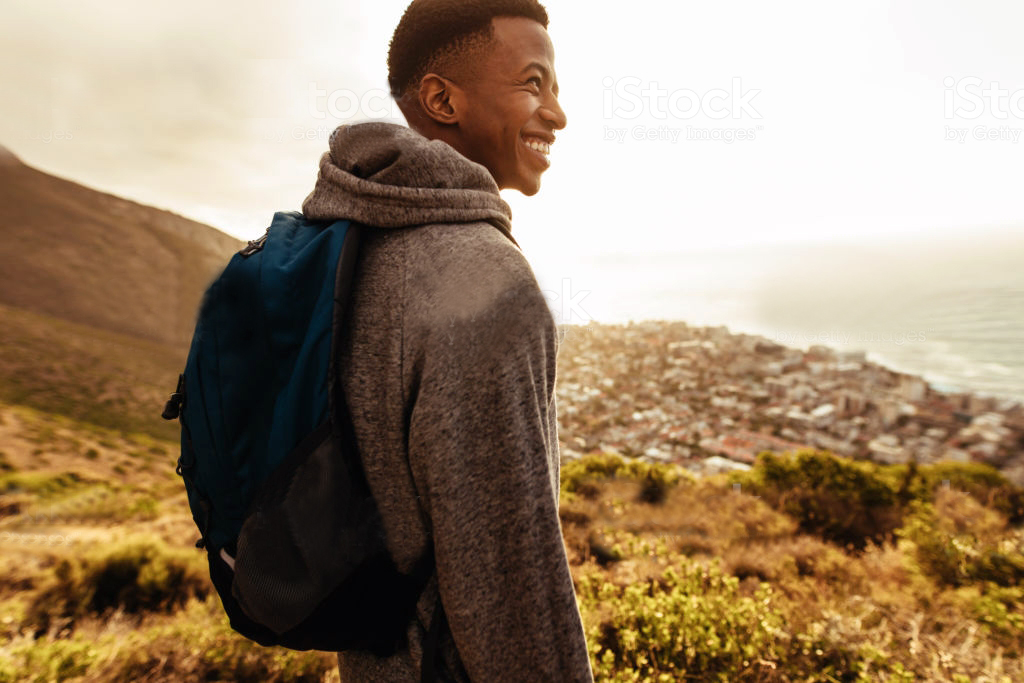I’m in Lima, where the streets are alive with anger and a desire for change.
I’ve been pushed to the front of the massive demonstration, which is becoming tenser by the second. Around me, protesters shout, their chanted slogans deafening. Police strike them with riot sticks, as the demonstrators hurl wooden sticks and blocks through the air.
The line of riot police protecting the Peruvian Congress building already know how this will end. They tighten gas masks around their faces and begin load smoke canisters into their launchers. One steps forward and fires. The canister lands neatly about three meters away from me.
My eyes snap shut. In a matter of seconds, it feels like I have come down with the worst case of a sore throat. The stampede backwards begins as the police line bulldozes its way through the blinded protesters. Finally, I break free of the crowd and find my back to my hostel.
Peru's political crisis
I had just finished my time in Ecuador and Peru was next up on my South American itinerary. I knew from the beginning that I wanted to stay for several weeks in Lima, but was determined to stay away from the tourist areas. I wanted to see the real Lima and how the people of Peru live, so I found a hostel downtown that allows travellers to volunteer for free room and board.
The cauldron was set to boil—and it was all culminating in protests against Castillo's impeachment.
It wasn’t long before I became keenly aware of Peru’s political situation and realized I was in the country at a historic moment. The journalist in me saw an opportunity to observe the crisis from its inception to its (at that time) unknown end. I decided to seek out protests, political rallies, speeches, anything that could give me a glimpse into the crisis that seemed poised to send Peru into chaos.
On December 7, 2022, after months of political polarization and protests, the Peruvian Congress was poised to finally impeach President Pedro Castillo.
Castillo had emerged as a leader for the country’s rural population, which tends to sway to the political left. A schoolteacher from a small town in Peru’s rural north, Castillo represented the hopes and aspirations of Peru’s Indigenous community. He speaks Quechan fluently, took a hard stance against foreign mining companies, and champions Indigenous rights. Castillo’s election to the presidency in July 2021 was a hard sting for the mostly right-wing dominated Peruvian Congress. Before December 7, Congress had attempted to impeach Castillo twice but were unable to garner the necessary votes. However, on their third attempt, Castillo’s inability to deliver on promises or effectively manage the developing nation gave Congress the votes it needed. Castillo, however, was not going down without a fight.
Minutes before the final vote was to be announced, Castillo went on live television to announce that he was dissolving Congress. Alberto Fujimori, Peru’s right-wing dictator in the 1990s, had done the same thing and was successful. For Castillo, however, there would be no such coup. Several of Castillo’s ministers resigned following the announcement and Congress went through with the impeachment. Castillo fled for safety, but was detained and subsequently arrested.
For Castillo’s supporters—the Indigenous farmers of Peru’s rural areas and their urban sympathizers—Castillo’s impeachment and arrest was a swift slap letting them know that they would never be seen as equal to the country’s urban-right population. The cauldron was set to boil—and it was all culminating in protests against his impeachment, like the one I’d witnessed in Lima.
Although the situation hadn’t yet resolved, I made plans to depart for Bolivia. I felt like I had enough experience to give my blog readers a clear idea what was going on in the Andean nation. However, Peru had different plans for me. The most intense experience of my career was right around the corner.
Caught in the crossfire
After the protest, I boarded a bus from Cusco to La Paz, Bolivia. But only a couple hours into my journey, we were stopped. Pro-Castillo farmers in a small town called Checacupe had erected a roadblock.
For five days, dozens of other tourists and I were detained without access to food, water, or money for most of the time. Political activists stood near the blockade with megaphones, proclaiming the evils of foreign mining companies and the political right. In broken Spanish, I spoke with some of them. It was clear to me that their faith in their cause was unshakable. Whatever the costs, Castillo had to be freed and new congressional elections had to be held.
While I was sitting on the street in Checacupe eating bread that the locals were kind enough to give us, news of what was occurring in the rest of the country trickled in: Blockades on nearly every major highway, airports under siege, deadly protests in the city. The student protests that I had seen in Cusco had apparently morphed into something far more intense.
Eventually the police escorted us back to Cusco and I caught a flight to La Paz, but I was left wondering about the fate of Peru. Would the country return to stability and democracy or find itself locked in a deadly game of civil unrest and political polarization?
As I write this, in late December 2022, it’s still too early to tell—but I truly believe that Peru is standing at a crossroads that will shape its future for decades to come.
Add this article to your reading list




